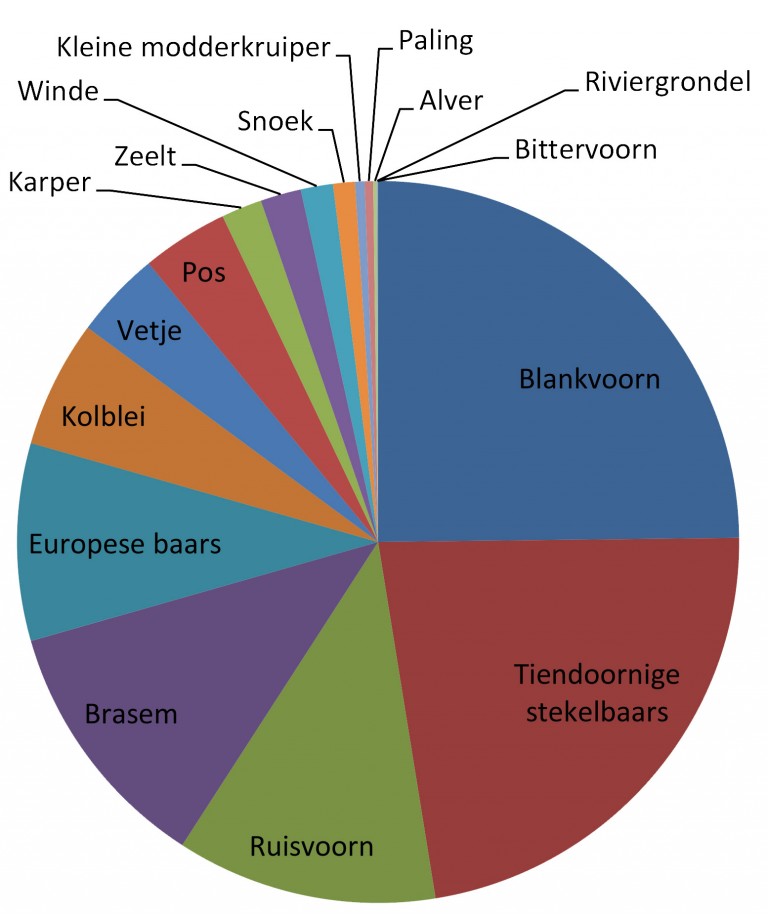eDNA metabarcoding enables the creation of a complete species inventory from various environmental samples, such as water or soil. Using a single sample, the technique identifies multiple species across different taxonomic groups with universal primers developed by Sylphium Molecular Ecology. Unlike species-specific assays, these universal primers target the same DNA region for all species within a particular group.
When applied to water samples, eDNA metabarcoding offers major advantages: it can produce a comprehensive species list covering fish, amphibians, reptiles, and mammals within a single water body. Only one water sample is required, making it a simple and non-invasive method for monitoring aquatic biodiversity. This approach is particularly effective for detecting rare, nocturnal, or cryptic species that are difficult to observe through traditional survey methods.
eDNA metabarcoding is equally powerful for soil analysis. By extracting DNA from soil samples, it becomes possible to identify a broad range of organisms — including bacteria, fungi, and nematodes — providing valuable insight into soil biodiversity and ecosystem health.
Overall, Sylphium’s eDNA metabarcoding is a rapid, non-invasive, and highly informative tool for environmental monitoring and biodiversity assessment, allowing multiple species to be detected from a single environmental sample.

Key advantages of eDNA metabarcoding:
- Comprehensive species lists from a single sample
- Simple and efficient sampling process
- High detection probability for rare or elusive species
- Detection of species difficult to capture or observe
- No interference from aquatic vegetation
- Cost-effective (see pricing)
- Completely non-invasive